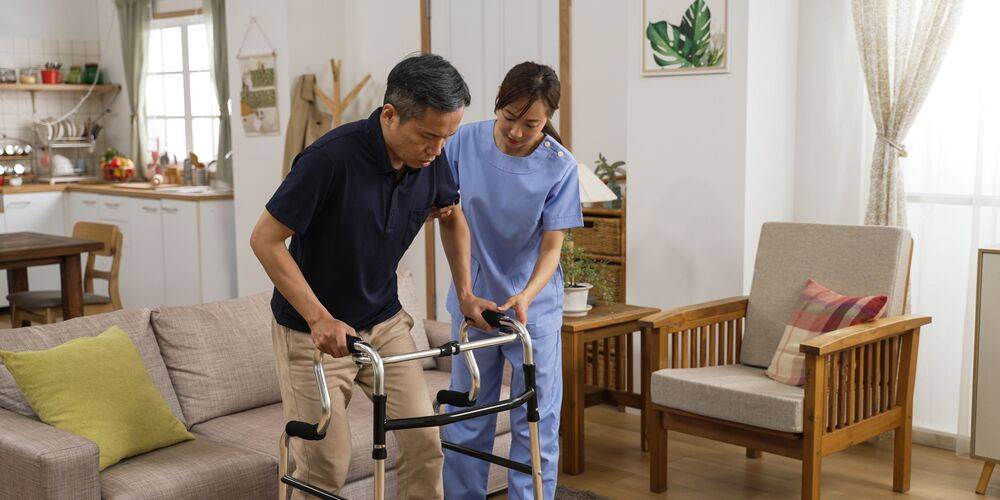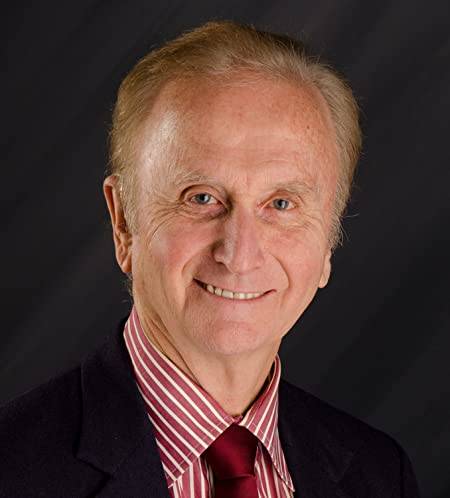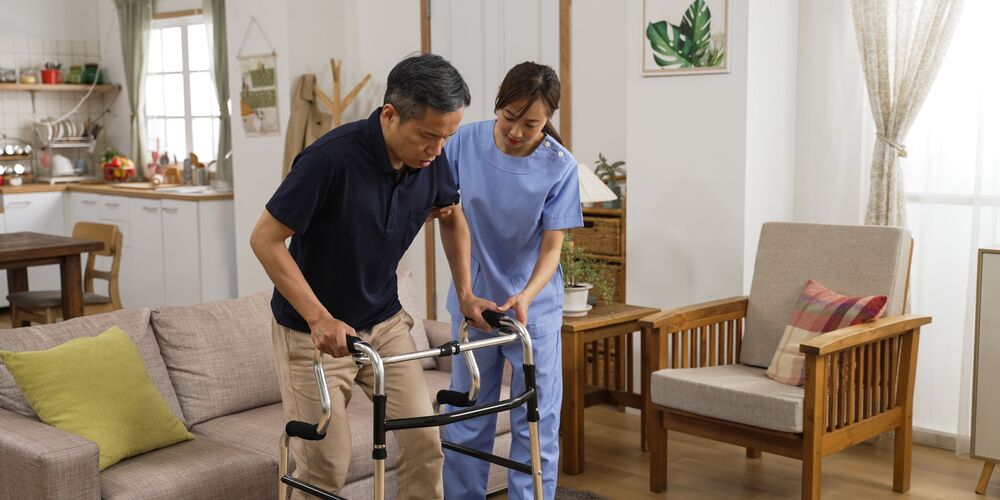Sensibilisation et prévention des accidents vasculaires cérébraux sans médicaments
Sensibilisation et prévention des accidents vasculaires cérébraux sans médicaments
08 janvier 2024 Par Michael Grant White
Saviez-vous que toutes les 40 secondes, une personne aux États-Unis est victime d'un accident vasculaire cérébral ? Connaître les signes et symptômes d’un accident vasculaire cérébral peut peut-être vous aider à sauver une vie. N'oubliez pas que lors d'un AVC, chaque seconde compte !

Identification de l'AVC
Mon ami m'a envoyé ceci et m'a encouragé à le publier et à faire passer le message, et j'ai accepté. Si tout le monde pouvait se souvenir de quelque chose d'aussi simple, nous pourrions sauver certaines personnes. Sérieusement.
Lisez s'il vous plaît:
Lors d'un barbecue, une amie a trébuché et fait une petite chute – elle a assuré à tout le monde qu'elle allait bien (ils ont proposé d'appeler les ambulanciers) et a juste trébuché sur une brique à cause de ses nouvelles chaussures. Ils l'ont nettoyée et lui ont offert une nouvelle assiette de nourriture. Même si elle semblait un peu secouée, Ingrid a continué à s'amuser le reste de l'après-midi.
Le mari d'Ingrid a appelé plus tard pour lui dire que sa femme avait été transportée à l'hôpital et était décédée. Elle avait subi un accident vasculaire cérébral au barbecue. S'ils avaient su identifier les signes d'un accident vasculaire cérébral, peut-être qu'Ingrid serait parmi nous aujourd'hui. Certaines victimes d'un AVC ne meurent pas. Ils finissent dans une condition impuissante, désespérée à la place.
Cela ne prend qu'une minute pour lire ceci...
Reconnaître un accident vasculaire cérébral
-
Engourdissement ou faiblesse SOUDAINE du visage, du bras ou de la jambe – en particulier d’un côté du corps
-
Confusion SOUDAINE, difficulté à parler ou à comprendre.
-
Difficulté SOUDAINE à voir dans un ou les deux yeux.
-
Difficultés SOUDAINES à marcher, étourdissements, perte d’équilibre ou de coordination.
-
Céphalée sévère et soudaine sans cause connue.

Rencontrez Mike White
Rencontrez Michael Grant White, le coach de respiration optimale et obtenez des informations concrètes sur votre développement respiratoire, votre santé et votre longévité.




